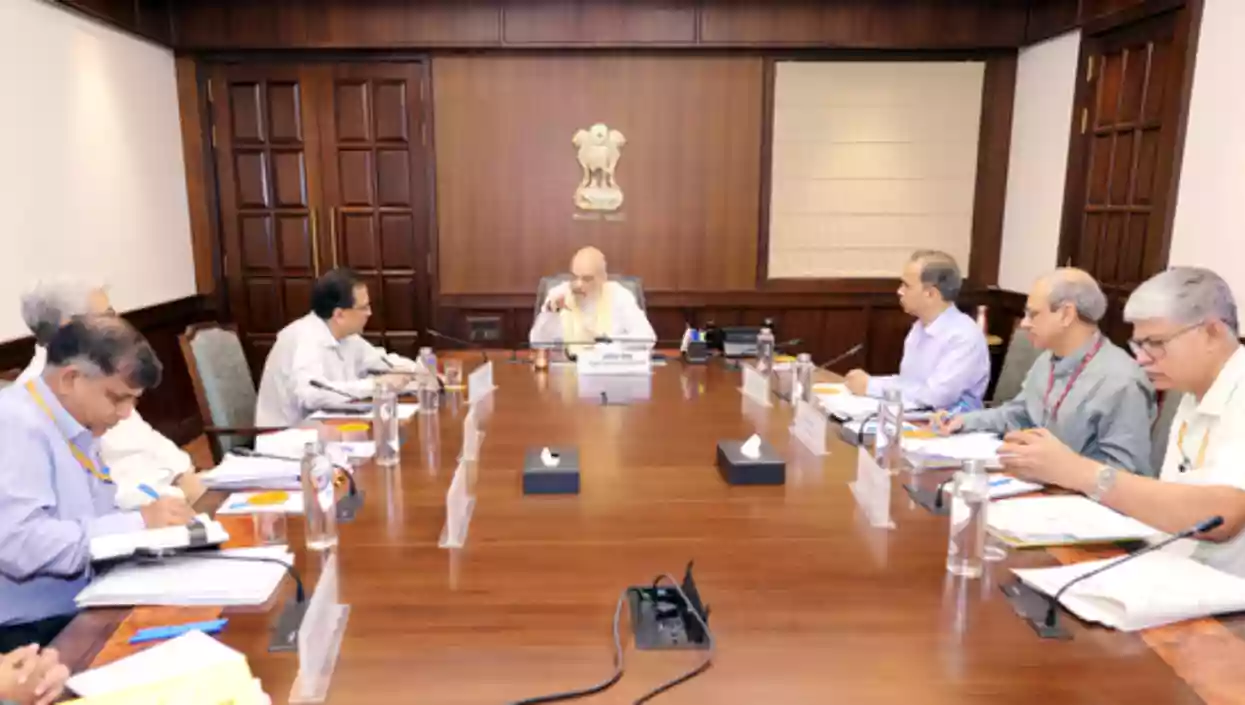.gif)
.gif)

The Central government on Monday issued a gazette notification for India's 16th census, which will notably include caste enumeration and is slated to begin in 2027. This significant exercise will be conducted after a 16-year gap, with the last census having taken place in 2011. According to the notification, the census proceedings will commence on October 1, 2026, for snow-bound regions such as Ladakh, and certain non-synchronous areas of Jammu and Kashmir, Himachal Pradesh, and Uttarakhand. For the rest of the country, the massive data collection effort will begin on March 1, 2027. The reference date for the census, determining the population snapshot, will be 00:00 hours on March 1, 2027, for most areas, and October 1, 2026, for the specified snow-bound regions.
The upcoming census will be a two-phase exercise: the Houselisting Operation (HLO) and Population Enumeration (PE). The HLO will focus on collecting data related to housing conditions, assets, and amenities of each household. Subsequently, the PE phase will gather comprehensive demographic, socio-economic, cultural, and other personal details of every individual residing in each household. This monumental task will involve approximately 34 lakh enumerators and supervisors, along with around 1.3 lakh census functionaries, all equipped with digital devices to ensure efficient data collection.
A major highlight of the 2027 census is the introduction of a self-enumeration facility, allowing citizens to provide their household and personal details digitally. The Office of the Registrar General of India (ORGI) has developed a web-based "Self-Enumeration (SE) Portal" for this purpose. This portal will enable respondents to view and update information for their household members, accessible via authentication through pre-filled data and an OTP to a registered mobile number. The government has assured that stringent data security measures will be implemented at every stage—collection, transmission, and storage—to safeguard the sensitive information. This move towards a digitally driven census with a self-enumeration option marks a significant technological advancement in India's demographic data collection process.